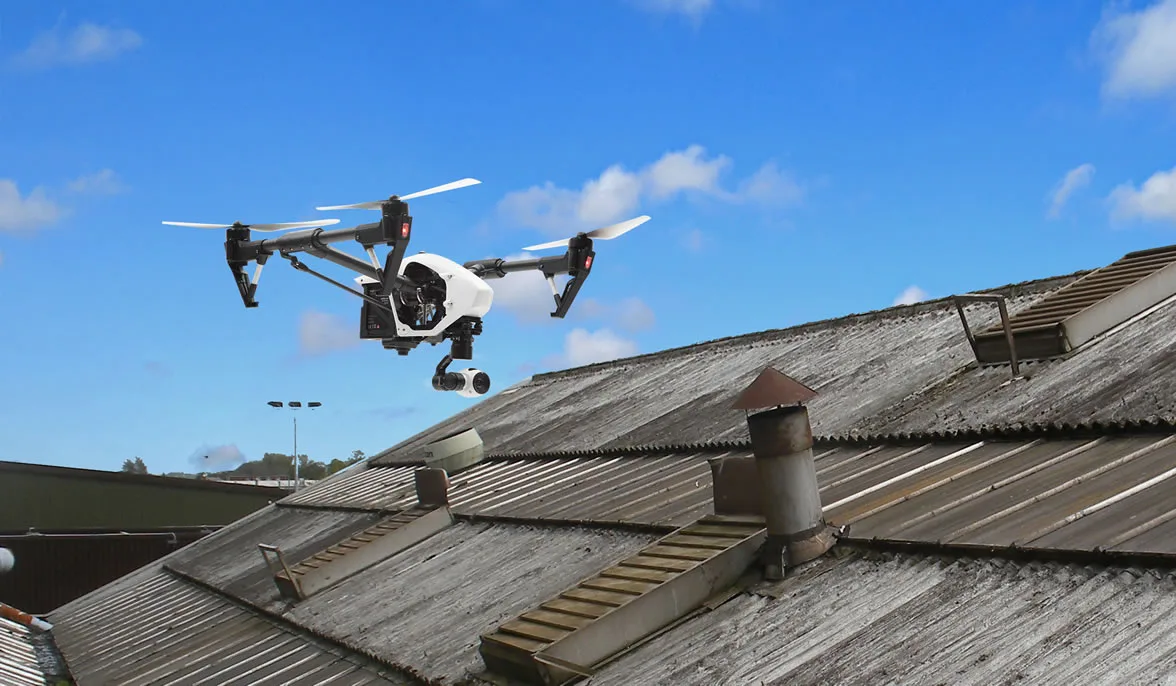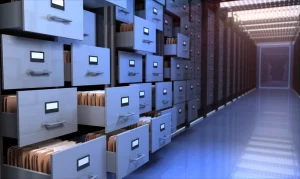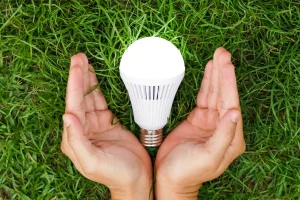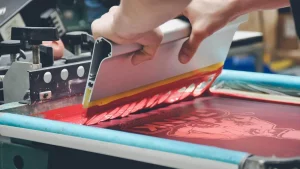In the construction field, drone roof inspections mark a key move towards lasting methods. These flying tools speed up the review process and boost safety by cutting the need for direct roof access. As drones capture sharp images and yield exact data, teams can fix small problems before they turn into big repairs. Yet, this tech raises issues about the data’s truth versus old ways and whether drones might overlook minor damage signs. What do these points mean for the future of building upkeep?
Key Takeaways
- Drones quickly map roof areas, identifying issues like missing shingles and blocked gutters to prevent costly damage.
- High-resolution drone imagery allows for detailed inspections, enhancing the detection of subtle roof vulnerabilities.
- Drone inspections reduce the need for direct human intervention, improving safety by limiting exposure to high-risk areas.
- Regular drone surveillance supports proactive maintenance, helping to extend roof longevity and reduce repair costs.
- Implementing drone technology involves training operators and establishing protocols, ensuring effective integration into construction workflows.
Importance of Roof Longevity
The longevity of a roof is a cornerstone in the overall structural integrity and value preservation of a building. Ensuring its durability through regular maintenance and adherence to building codes is essential. Effective management includes periodic checks and timely repairs, imperative for preventing costly damage. Community standards and expectations reinforce the necessity for such preventative measures for roof longevity, fostering a sense of collective responsibility and care.
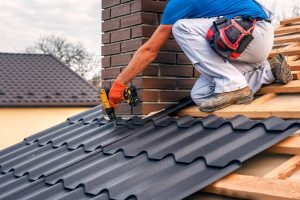
Role of Drones in Inspections
Increasingly, drones are becoming indispensable tools in the field of building inspections, particularly for evaluating roof conditions. These devices enhance our approach to preventative measures for roof longevity by offering:
- Efficient Data Collection: Swiftly mapping large roof areas.
- Safety in Accessibility: Minimizing the need for direct human intervention on high or steep surfaces.
- Detailed Imaging: Providing high-resolution visuals critical for thorough inspection.
Identifying Common Roof Issues
Several common roof issues can swiftly compromise the structural integrity and longevity of a building if not promptly identified and addressed. These include missing or broken shingles, blocked gutters, and compromised flashing. Moisture infiltration and subsequent mold growth pose significant risks. Ensuring routine surveillance and maintenance is essential for preventing these problems and upholding the standards of security and community within the construction industry.
Benefits of Regular Drone Inspections
Regular surveillance and maintenance, as previously discussed, play a pivotal role in identifying common roofing issues. The advantages of employing regular drone inspections include:
- Enhanced safety by minimizing the need for direct human contact with potentially hazardous roofing environments.
- Improved accuracy in detecting defects, ensuring compliance with construction regulations.
- Cost efficiency through early problem identification, preventing expensive repairs, and extending roof longevity in construction.
Implementing Drone Technology
Adopting drone technology for roof inspections requires careful planning and adherence to industry regulations. To guarantee compliance and effectiveness, thorough training for operators and regular updates on technological advancements are essential. Incorporating drones enhances precision in detecting vulnerabilities, aligning with preventative measures for roof longevity. Establishing clear protocols facilitates smoother integration into existing workflows, fostering a sense of community and shared purpose among construction and inspection teams.
Frequently Asked Questions
How Do Weather Conditions Affect Drone Roof Inspections?
Weather conditions greatly impact drone roof inspections, as high winds, rain, and fog can hinder drone stability, visibility, and sensor accuracy, ultimately affecting the safety and quality of the inspection data collected.
Can Drones Inspect Roofs Covered With Solar Panels?
Yes, drones can inspect roofs with solar panels, employing high-resolution cameras to identify panel damage, obstructions, or inefficiencies without compromising the panel’s integrity or safety, thereby ensuring ideal performance and longevity.
What Training Is Required for Operating Drones in Roof Inspections?
Operating drones for roof inspections requires thorough training in UAV piloting, safety regulations, and specific inspection techniques to guarantee accurate data collection and adherence to legal standards, fostering a sense of professional responsibility and community safety.
Are Drone Roof Inspections More Cost-Effective Long-Term?
Drone roof inspections often prove more cost-effective long-term by reducing labor costs, minimizing risk, and enhancing precision in identifying issues that, if unaddressed, could lead to more significant expenditures on repairs and replacements.
How Do Drones Interact With Different Roofing Materials?
Drones effectively interact with various roofing materials by using high-resolution cameras and sensors to assess conditions without physical contact, minimizing damage risk and providing detailed data for maintenance decision-making processes.
Conclusion
In summary, the integration of drone technology in roof inspections represents a vital advancement in construction maintenance. This approach not only enhances safety by reducing the need for direct human intervention but also improves the accuracy and efficiency of detecting and addressing roof issues. Regular drone inspections facilitate proactive maintenance, ultimately extending the lifespan of roofing structures and preserving building value. Adopting this technology is essential for maintaining structural integrity in the face of evolving environmental challenges.
Also Read: Advantages of Collaborative Workspaces
